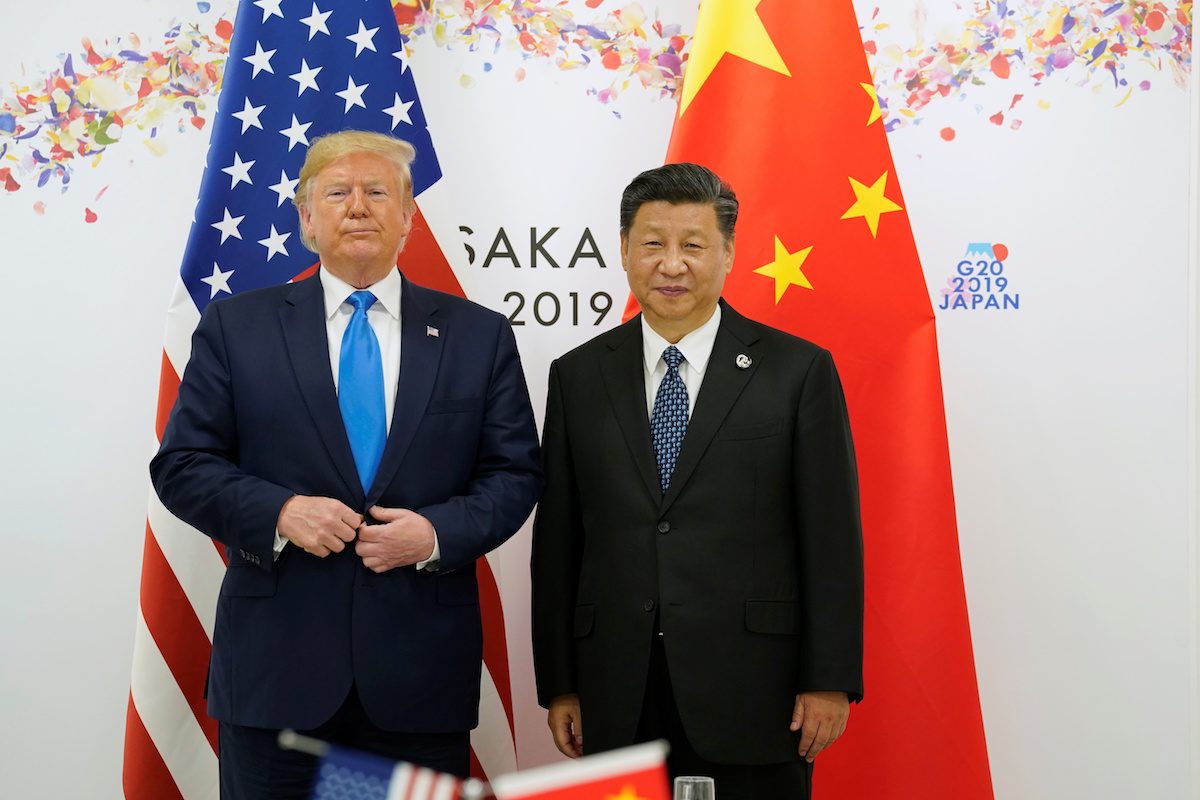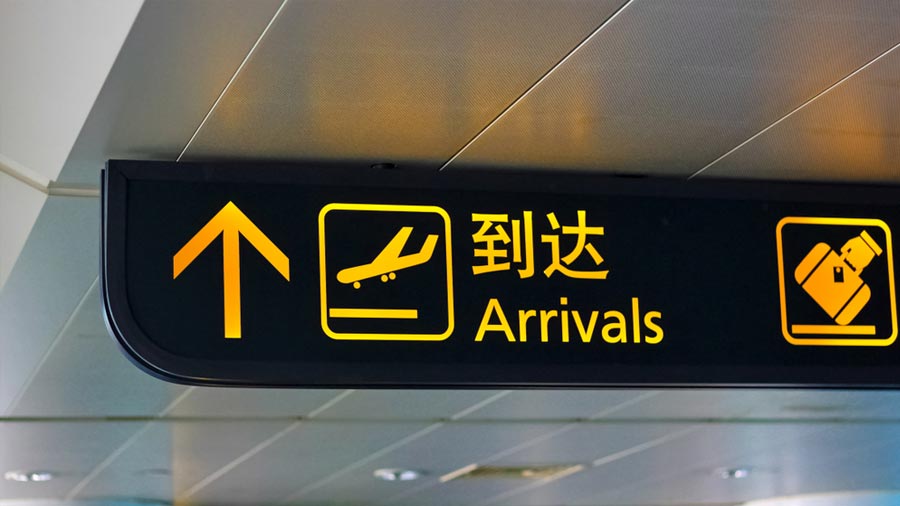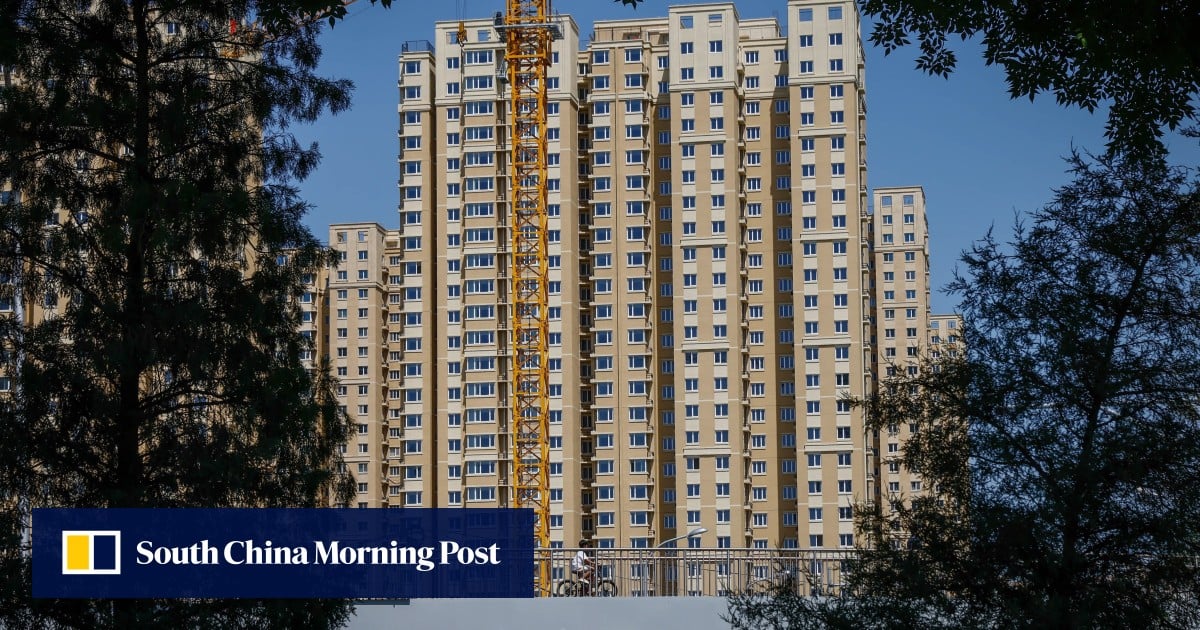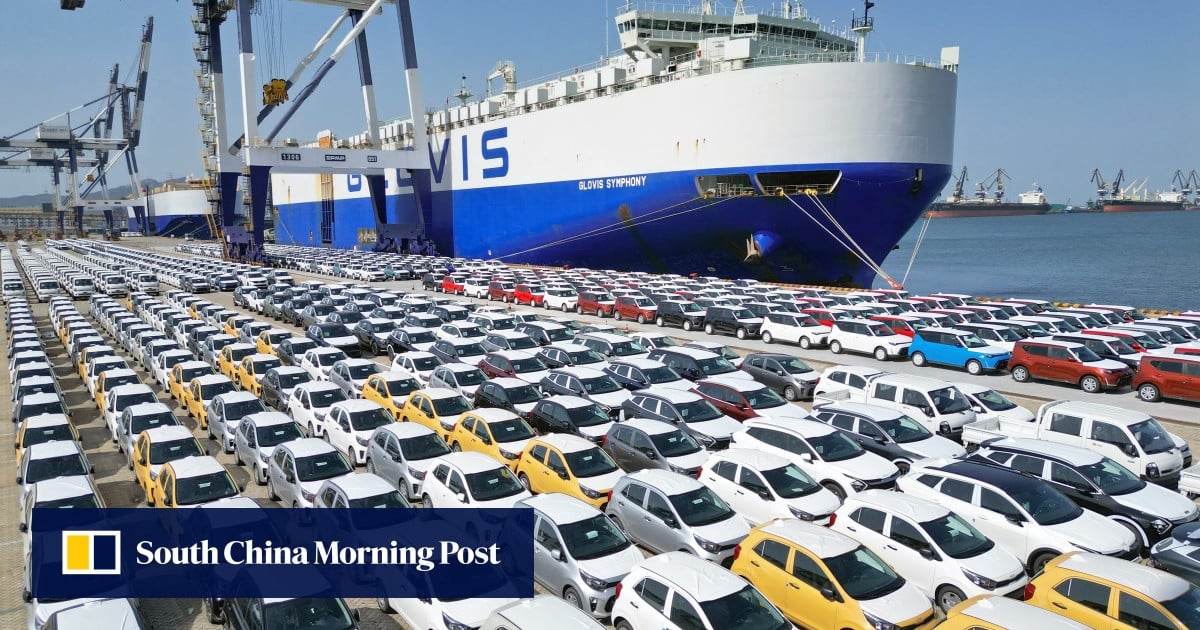Business
White House’s Navarro Says China Trade Deal Will Take Time: CNBC

WASHINGTON—White House trade adviser Peter Navarro said on July 2 that U.S. trade talks with China are heading in the right direction and any concessions to Beijing on Huawei were small in the context of a larger trade deal.
“We’re headed in a very good direction,” Navarro said in an interview with CNBC. “It’s complicated, as the president said, correctly, this will take time and we want to get it right. So let’s get it right.”
Trump and Chinese leader Xi Jinping agreed in a meeting on Saturday at the Group of 20 summit in Japan to restart trade talks after the last major round of negotiations collapsed in May.
The partial lifting of restrictions on Huawei was a key element of the agreement, which allows expanded sales of U.S. technology supplies to the Chinese telecommunications giant. Washington put Huawei on an export blacklist in May, citing national security concerns over its 5G network technology.
Navarro played down the concession on Huawei, saying U.S. policy with respect to the 5G component has not changed.
“All we’ve done basically is to allow the sale of chips to Huawei, and these are lower-tech items which do not impact national security whatever,” Navarro said. “Selling chips to Huawei, a small amount of chips—less than $1 billion a year—in the short run is small in the scheme of things.
Huawei’s founder and chief executive, Ren Zhengfei, told the Financial Times the company was willing to continue buying products from U.S. firms, but the relaxation of the ban would not have “much impact” on Huawei’s business as it adjusts to a new era of American hostility.
Navarro said Washington would continue working closely with allies to ensure they did not adopt Huawei 5G technology, but had agreed to allow the sale of some low-level chips to bring China back to the negotiating table and secure an agreement by Beijing to buy significant amounts of agricultural products.
“We’re not going to sacrifice anything in order to get a cheap political trick,” he said. “The whole China game plan … is to dominate not just 5G but artificial intelligence, blockchain technology, and we can’t let that happen.”
Warren Maruyama, former general counsel for the U.S. Trade Representative’s Office and a partner with the Hogan Lovells law firm, said it remained unclear if the two sides could strike a deal after China abruptly backed away from a carefully negotiated draft agreement in May.
“It’s still completely up in the air. If anything, it’s going to take several months. What the blow-up in May showed is that there are some pretty fundamental differences they would have to resolve to get to a deal,” he said.
William Reinsch, a senior adviser at Kelley, Drye & Warren and a former under secretary of commerce for export administration, said the Trump administration could amend the temporary general license granted shortly after Huawei was put on the blacklist to include more technologies that U.S. companies could sell without obtaining approval.
Some chips needed to build 5G telecoms equipment, such as field programmable gate arrays and various radio frequency chips and multiplexers, have uses outside of the 5G sector.
Companies could also apply for individual licenses, he told Reuters, noting that the departments of Commerce, Defense, State and Energy would work together to define what technologies might be acceptable for resumed exports to Huawei.
He said it remained unclear if the 5G ban would include 5G smartphones as well as telecommunications gear that Huawei sells to telecommunications customers.
By Makini Brice, David Lawder, Stephen Nellis & Munsif Vengattil
Business
China Scraps Health Declaration Requirement for All Travelers from November 1

China has lifted all COVID-19 travel requirements, including the need to fill out a health declaration form. Travelers should still report symptoms voluntarily, however.
Travelers leaving and entering China are no longer required to fill in the China health declaration form, meaning that China has now lifted all travel requirements related to COVID-19. Travelers should still voluntarily report themselves to Customs staff if they have symptoms or have been diagnosed with an infectious disease.
China’s General Administration of Customs (“Customs”) has announced that, as of Wednesday, November 1, 2023, it will no longer require people leaving and entering China to fill in the Entry/Exit Health Declaration Card (“Health Declaration Card”). This card was implemented during the COVID-19 pandemic to screen travelers for symptoms of COVID-19 by asking them to fill out a survey on their current health conditions and symptoms. The system then generated a QR code that travelers had to show to Customs staff when leaving or entering the country.
The removal of the Health Declaration Card requirement means that China has now lifted all COVID-era restrictions and requirements for travelers leaving and entering the country. This move could help to encourage more international travel to and from China, and will further improve the travel experience for passengers.
Existing regulations on declaring possible symptoms of infectious disease when traveling will still be in place, as we discuss below.
Read the original article.
China Briefing is written and produced by Dezan Shira & Associates. The practice assists foreign investors into China and has done since 1992 through offices in Beijing, Tianjin, Dalian, Qingdao, Shanghai, Hangzhou, Ningbo, Suzhou, Guangzhou, Dongguan, Zhongshan, Shenzhen, and Hong Kong. Please contact the firm for assistance in China at china@dezshira.com.
Business
Chinese commercial banks fear stimulus measures will do littl…

China’s commercial banks are raising questions about whether the central bank’s recent cut to outstanding mortgage rates will be sufficient to hold back a flood of mortgage prepayments and help protect bank margins.
The People’s Bank of China (PBOC) unveiled new guidance last month requiring commercial banks to lower interest rates on outstanding mortgages for first-home loans. The new rates, which will be effective starting on September 25, aimed at stimulating consumption while also reducing the incentive for households to pay down their mortgages early, which had led to a decline in bank profits.
“Lowering outstanding mortgage rates will help alleviate the interest burden on households,” a spokesperson for the PBOC told local media on Wednesday, adding that the new rules have already led to a decline in prepayments, and will help improve household balance sheets and consumer confidence.
The measure has led at least some homebuyers to reconsider their mortgage prepayments.
Kang Chao, an insurance company employee in Changsha, in southeast China’s Hunan province, told the Post that a new mortgage rate of 4.2 per cent could help his family free up about 1,700 yuan (US$234) each month to cover living expenses.
“[My wife] and I both took out mortgage loans in 2018 and 2019, when the interest rates were as high as 5.15 per cent,” he said. “Each month, we need to pay about 9,800 yuan, and this leaves us no more than 3,000 yuan to spend on everything else.
“So we were under a lot of pressure to pay off our debt quickly, especially after we had a child. At one point, we were even considering selling one of our houses. Now that the new policy is out, we feel somewhat relieved.”
An estimated US$700 billion in mortgages, representing around 12 per cent of the country’s total mortgage balance, has been prepaid since 2022, according to analysts.
China property support spurs buying but sceptics warn of weak demand
China property support spurs buying but sceptics warn of weak demand
Chinese commercial banks could see an earnings decline of up to 5 per cent this year if the prepayment wave persists, according to analysts’ estimates. However, if banks refinance home loans at lower rates, their net profits could also drop by 1 to 5 per cent, a report by Fitch Ratings said.
Early repayment is a behaviour driven by interest rates, and as the gap between new and outstanding mortgage rates narrows, the incentive to pay down mortgages early will start to decrease, said Gary Ng, senior economist for Asia-Pacific thematic research at Natixis.
“However, it does not mean [lowering outstanding mortgage rates] is a panacea for boosting China’s household confidence in properties,” he said. “The confidence issue is complex, and it will take more than rate cuts to repair. Although early repayment will ease, mortgage growth is not likely to see a significant jump.”
A banking analyst at the Beijing branch of a commercial bank echoed this…
Business
China trade: exports tumble for fourth consecutive month in A…

China’s exports tumbled for the fourth consecutive month in August amid weak external demand and ongoing global supply chain upheaval, posing more challenges to the world’s second-largest economy as it struggles to carve out a path to a post-pandemic rebound.
Exports fell by 8.8 per cent compared to a year earlier to US$284.9 billion last month, according to customs data released on Thursday.
Imports, meanwhile, fell by 7.3 per cent last month to US$216.5 billion, narrowing from a 12.4 per cent decline in July, and exceeding the expectations from Wind for a drop of 8.2 per cent.
China’s total trade surplus in August stood at US$68.4 billion, down from US$80.6 billion in July.
“The typhoon in mid-July likely disrupted port operations in July and the normalisation of that could add to trade growth in August,” said economists from Goldman Sachs.
Improved year-over-year growth of oil prices would have also helped import growth last month, they added.
Heron Lim, assistant director and economist at Moody’s Analytics, said exports are expected to continue their retreat as weakness across the broader global economy keeps new export orders soft.
Will belt and road, Asean trade be China’s silver lining amid US de-risking?
Will belt and road, Asean trade be China’s silver lining amid US de-risking?
“But as trade performance was already weakening from the second half of 2022, it will be slower,” he said.
The data showed that China’s exports to most of its major trading partners continued to shrink, although the declines narrowed from July.
Shipments to the Association of Southeast Asian Nations – China’s largest trade partner – fell by 13.25 per cent compared to a year earlier, marking the fourth consecutive monthly decline.
Exports to the European Union, meanwhile, declined by 19.58 per cent, year on year, while shipments to the United States dropped for the 13th consecutive month after falling by 9.53 per cent.
The figures still suggest the headwinds remain despite some marginal improvement
Zhou Hao, chief economist at Guotai Junan International, said while the August trade figures came in slightly better than expected, the overall momentum remains lukewarm.
“In general, the figures still suggest the headwinds remain despite some marginal improvement,” Zhou said.
“Looking ahead, whether China’s trade growth has already hit the bottom will hinge on several factors. The most important one is obviously the domestic demand where the recent property easing might provide some support in the short term.
“In the meantime, the rising oil prices suggest that the import growth in value terms might pick up somewhat in the foreseeable future.”






